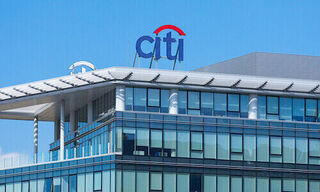Global commercial real estate investment reached US$407 billion in H1 2015, the strongest first half to a year since 2007, and up 14 per cent year-over-year, according to the latest research from global property advisor CBRE Group, Inc.
Though rapid growth has been maintained for several years, the rate of growth slowed in H1 2015 and was vastly different at a regional and country level.
The Americas experienced growth of 31 per cent year-over-year, while a strong dollar impacted activity in EMEA (Europe, Middle East & Africa) and Asia Pacific (APAC).
In dollar terms, EMEA was up just 5 per cent from H1 2014, with APAC down 19 per cent year-over-year. When measured in local currency EMEA grew by 25%, while a decline in APAC was more muted at 9% year-on-year – although Australia was a notable exception as sales continued to escalate buoyed by high levels of offshore investment.
The U.S., U.K. and Germany remain, by far, the largest commercial real estate investment markets globally.
A combined total of US$301 billion was transacted in these three countries in H1 2015—representing an unusually high (74 per cent) share of the global market and 10 per cent above the long-term average of 64 per cent. Australia was ranked 5th on the list with US$10.3 billion in investment.
“Capital flows into real estate are well supported. Even ignoring rental value growth, real estate offers a ‘spread’ over bond rates of between 200 to 300 bps across global markets and capital will continue to be attracted to the sector,” said Iryna Pylypchuk, Director, Global Research, CBRE. “The influx of new sources of capital targeting real estate as part of long-term liability-matching allocation strategies is helping to extend the investment cycle. At the same time, this pushes the ‘old capital’ into niche sectors, prompting expansion of the investment universe.”
Cross-border investors have grown in influence to become an important driver of commercial real estate investment globally, particularly in the last 24 months, and are changing the shape of the market. The world’s leading destinations, in terms of global capital flows, is a balanced mix of cities across all main regions—London was the most targeted city by cross-border investors in H1 2015, followed by New York, Paris and Sydney. This contrasts with the top destinations for overall investment where the bias is strongly on the U.S.—New York was the leading city overall, followed by London and Los Angeles.
At a regional level, the influence of global investors varies from as little as 10 per cent in the Americas, to almost 50 per cent of the market in EMEA. The largest contributor to these flows during H1 2015 was the U.S., accounting for a stand-out US$25.4 billion of investment outside its home market. The next three largest sources were Canada ($US8.5 billion), Germany (US$7.1 billion) and China (US$6.6 billion), with their combined volume still considerably less than the U.S.




















